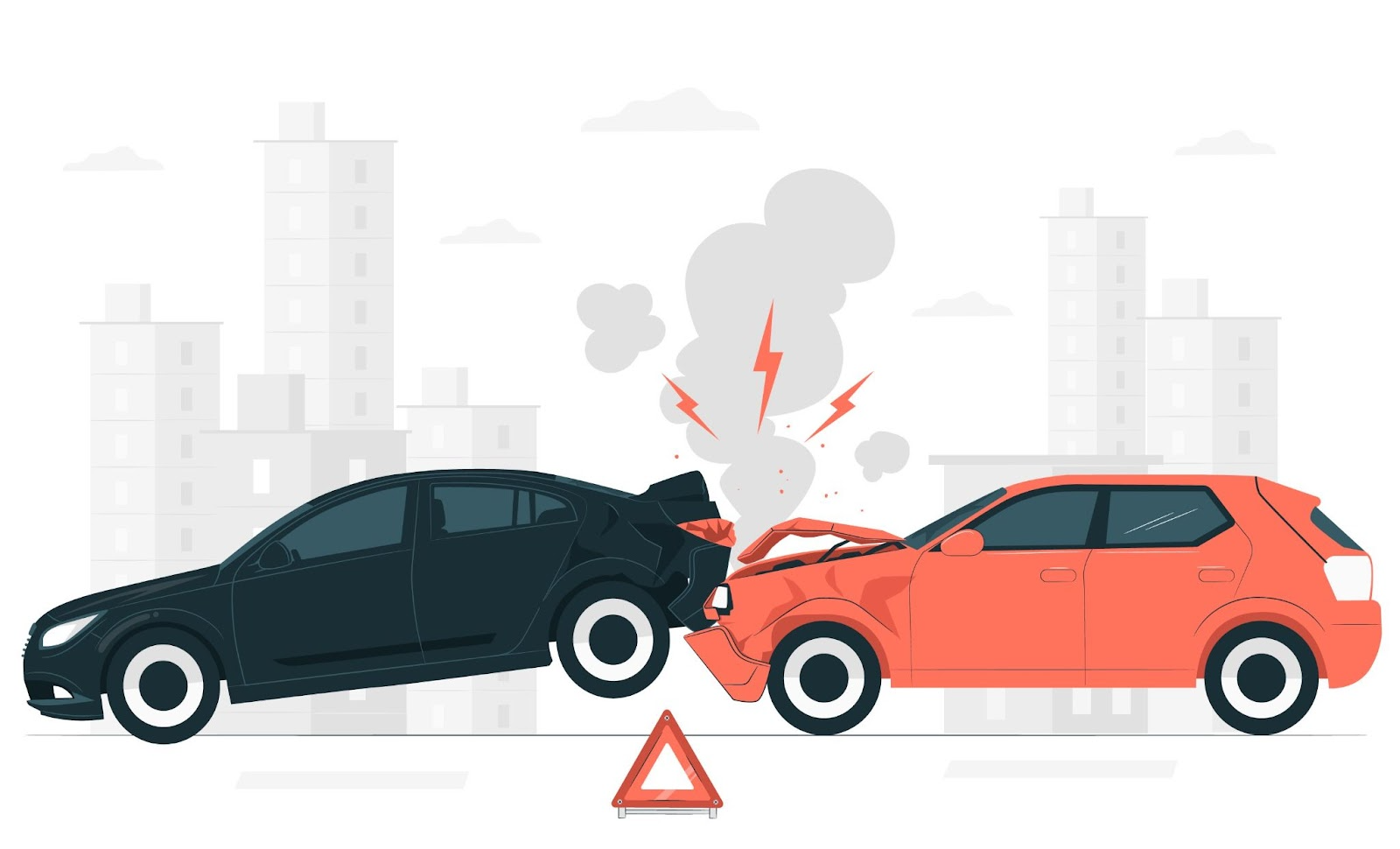Who’s Really at Fault in a Rear-End Collision?

(Photo credit: Freepik)
When it comes to rear-end collisions, the assumption is often clear-cut: the driver at the back must be at fault. But is that always true? Not necessarily. While traffic laws do emphasize the responsibility of the trailing driver, the full story often depends on the situation leading up to the crash.
According to the Land Traffic Act, B.E. 2522, Section 40, drivers are required to:
"Maintain a safe distance from the vehicle ahead, allowing enough room to stop safely in case of emergency."
This means the driver in the back has a legal obligation to drive carefully and maintain a safe following distance. However, accidents aren’t always black and white, and certain scenarios might shift the blame.
When the Front Car Could Be at Fault
- Sudden Braking Without Clear Reason: Abruptly reducing speed or stopping without necessity, such as in light traffic or open roads.
- Intentional Braking to Annoy or Startle: Brake-checking or sudden stops done to provoke or intimidate the driver behind.
- Unsafe Driving Behavior: Actions that make it impossible for the following car to react in time, such as erratic lane changes or braking inappropriately.
In such cases, the rear vehicle may not bear full responsibility, and the front car could be held accountable for causing the collision. Evidence like dashcam footage or eyewitness testimony is often critical in proving fault.
When the Rear Car Could Be at Fault
- Failure to Maintain a Safe Following Distance: Tailgating or driving too closely to the car in front, leaving insufficient time to stop in an emergency.
- Excessive Speed: Driving at a speed too fast for the road conditions or legal limits, reducing the time available to react.
- Distracted Driving: Activities like using a mobile phone, eating, or any behavior that diverts attention from the road.
In these cases, the rear driver is typically found liable, as maintaining a safe following distance and full attention are their responsibilities.
What to Do After an Accident
- Stay Calm: Don’t panic or argue, call the ambulance immediately if there are any physical injuries.
- Document Everything: Photos, videos, and statements are critical.
- Contact the Authorities: File a police report as required by Thai law.
- Relocation: Move your vehicle to the roadside to ease traffic congestion only if there are no injuries or fatalities, after the insurer’s surveyor has arrived and documented the scene with evidence.
The Motorist App is Your Roadside Ally
Dealing with vehicle traffic fines or disputes over fault is frustrating. That’s why you need tools to help you manage everything efficiently, whether dealing with traffic, fines, or even effortlessly selling your car. That’s the Motorist experience.
- Real-Time Patrol Camera: Stay updated on overall traffic conditions in one app.
- Fuel Price Updates: Know the latest Thailand’s petrol price changes to plan smarter.
- Sell Your Car Quickly: Get a free valuation and sell without the hassle.
Accidents happen, but knowing your rights and gathering the right evidence can turn a stressful situation into a manageable one. The next time you hear someone say, “The rear driver is always at fault in a collision,” you’ll know that’s not always true.
So drive safe and stay alert — because not all rear-end collisions are created equal!
Claim your free car valuation today!
Read More: Run-Flat Tires: Keep Driving Even Without Air
Looking for a car appraisal? You can contact us for a free car valuation within 24 hours…
